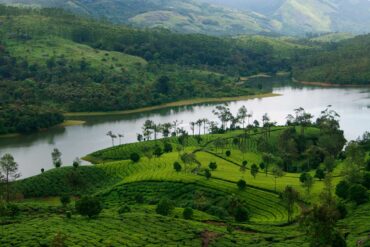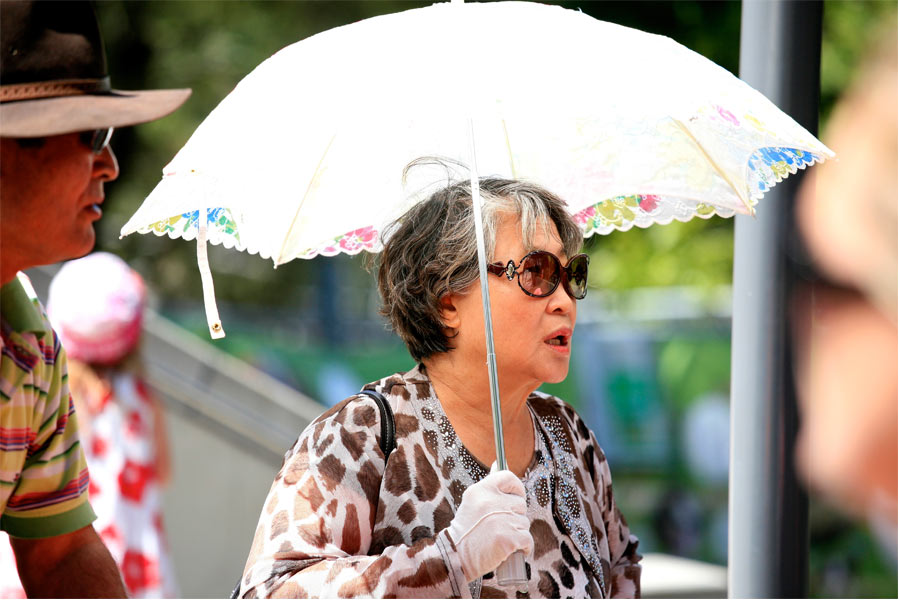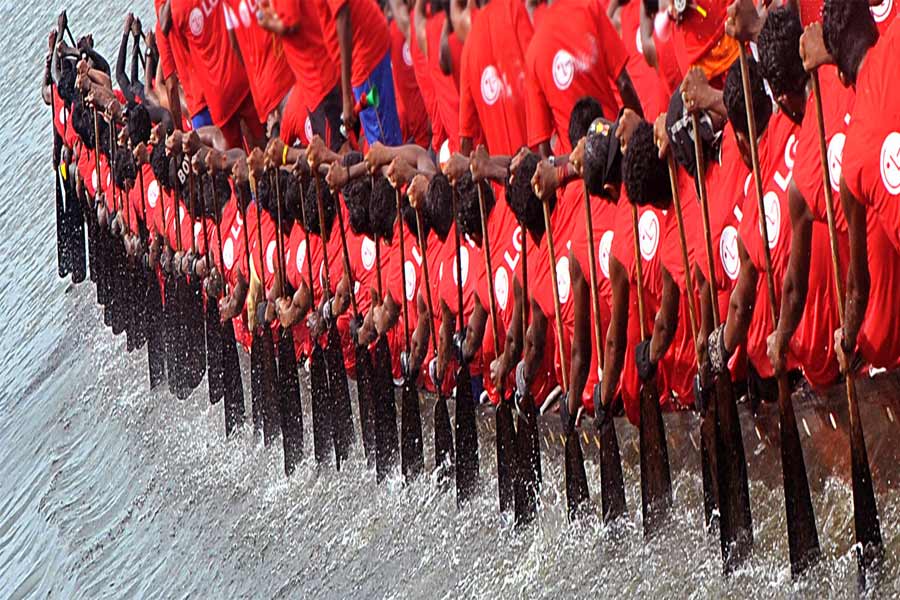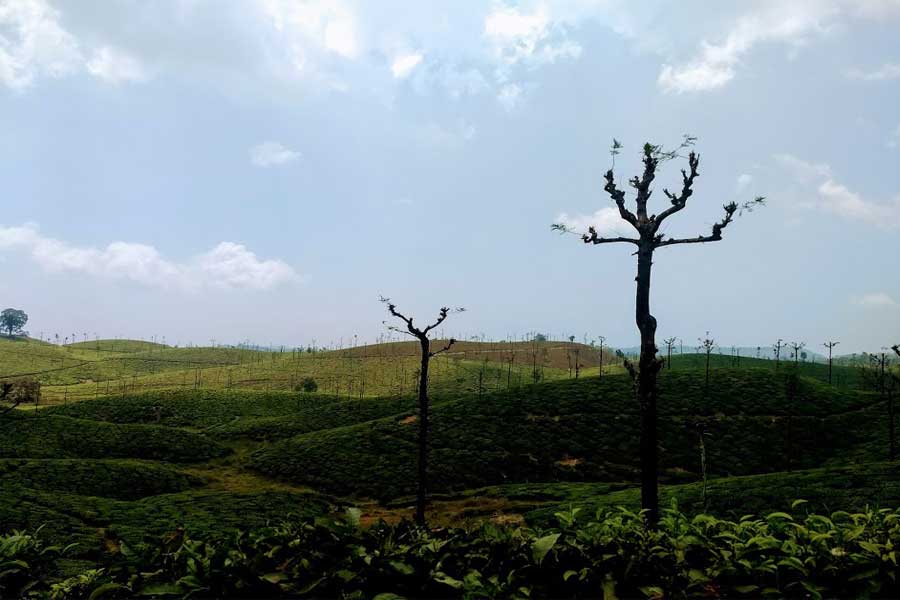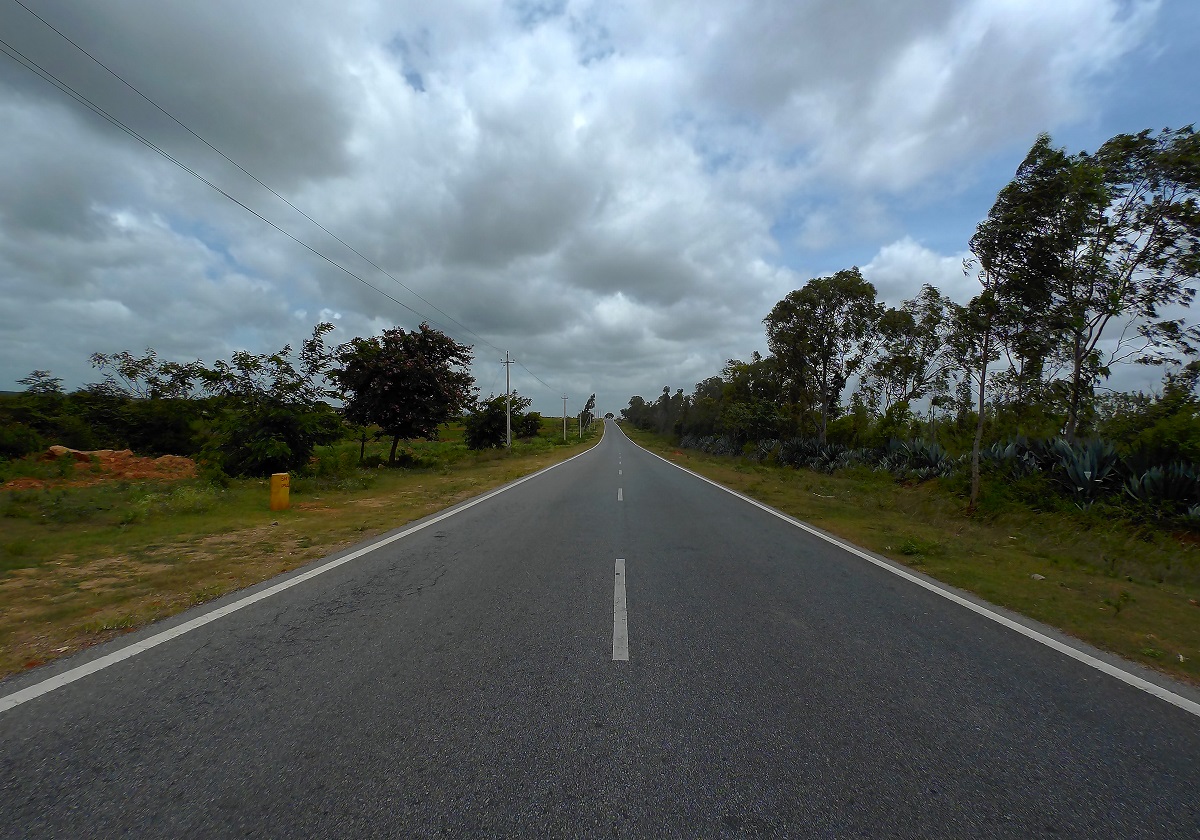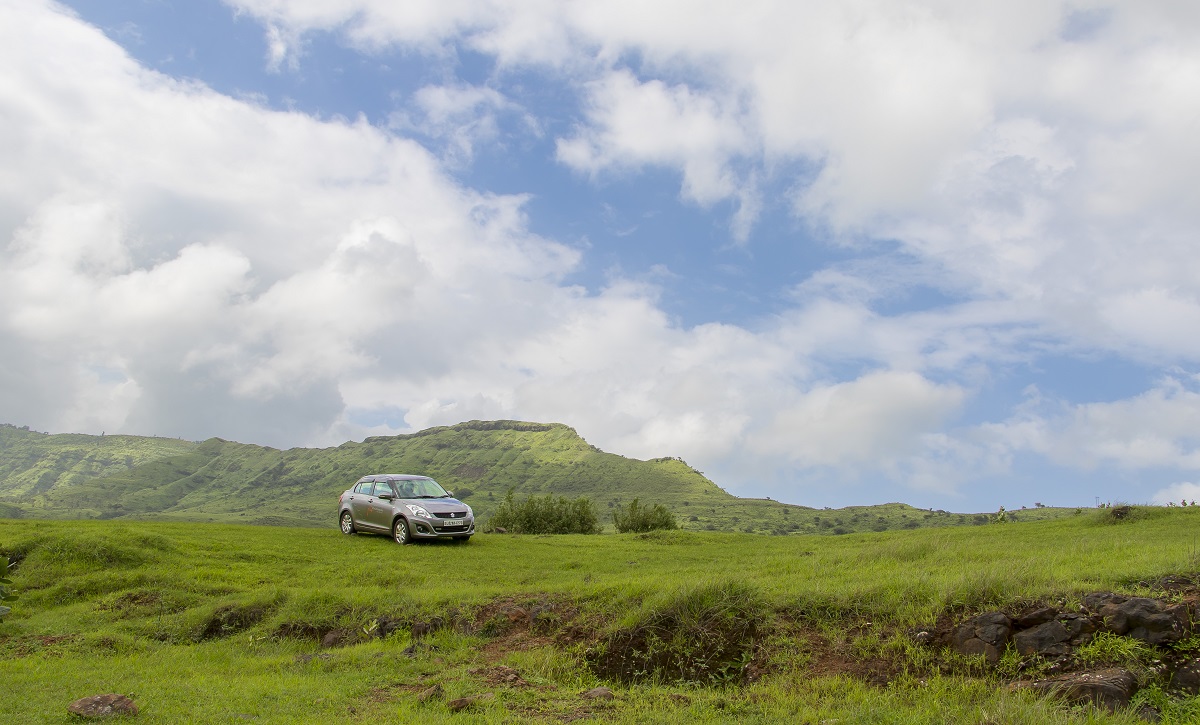By Krishna Priya
A few months ago, a couple of us found out that we had a little time to spare. I had just submitted my thesis, Arun was on sabbatical, Bala and Shruti had a few extra leaves. Between us, we had little money and around two months to spare. The idea of an all-India drive was floated and agreed on. Then came the challenging part.
While it is easy to dream of being on the road for a long time (it is my go to daydream), planning for it is an entirely different matter. Also, there are very few concise resources available when it comes to organising such a trip. So this is what we did. The write-up we present here is by no means exhaustive, but it should give a gist of what needs to be done while planning such an endeavor.
The most important component in any long drive is the driver. If you do not have a couple of experienced and enthusiastic drivers in the group, it is best to start off with shorter drives and then migrate to lengthy ones. The second most important component is the vehicle. The vehicle should comfortably accommodate the group and their luggage. In a long drive, do not try to load it to maximum capacity. For example, the Swift Dzire which we used as the primary vehicle had a maximum of 3 people at any time.
Before starting, it is important to get the vehicle serviced. Also, it is best to change the brake pads and fluids as well. Unless the tyres are brand new, do consider changing them. If possible, upgrade the tyres. We changed the stock 185-65 tyres to 195-65, which gave us an additional 6mm clearance and better road contact. But do be careful making such changes. Any large change can adversely affect the vehicle dynamics.
Once the vehicle is ready, the next step is to stock up on emergency vehicle supplies. Carry fuses, bulbs, and spare engine fluid, brake fluid, etc. More importantly, learn how to perform basic vehicle diagnostics, and know where all the components of your vehicle are. In our case, we opted to carry a puncture repair kit and a hand pump in case we break down in some remote place.
These measures may seem like overkill, and in India, it is often unnecessary. We are never that far from civilization if we are on a motorable road. That being said, it is better to be equipped just the same, and these components do not take up much space anyway. The other important things to carry are cleaning fluid for the vehicle, wiper fluid, and some cloth for cleaning the glass.
When you are on a drive, the vehicle is your home. Treat it as such. Eating inside a car may not be a huge deal as such, but it becomes annoying if the smell gets caught in the AC filter. No one likes smelling stale food in an AC car. So it is best to limit such activities. Also, carry a portable hand held vacuum cleaner and dust regularly. Dust also sticks to glass and causes fogging. This is a real issue when it comes to driving in high ranges.
Also, with getting the vehicle and supplies ready, it is important to plan a route. Ours was 11,000 km and spanned across India. It was planned such that we never had to drive at night, and the maximum we have driven in a day is 550 km. Please remember that the distance you can cover depends on the road conditions, and that Google maps does not take road terrain into account. A speed of 10km/h is difficult to maintain in rainy Sikkim, while an average on 100km/hr is easily possible on the Yamuna expressway. Also, while Google Maps are reasonably accurate, it may help to have a dedicated GPS device for navigation.
As far as driving strategy goes, this is a marathon and not a sprint. A relaxed approach with enough rest stops is better than trying to reach in the shortest time possible. Besides, the best sights are along the village road, and the best conversations are over tea in remote roadside huts.
We did not want to rush through these places, and opted to stay at each stop for 2 or 3 days. We highly recommend you do the same. The most enriching part of our trip was staying with people. In most locations, friends of ours has arranged for us to stay with their relatives. This means that we managed to avoid hotel food, and literally ate what our local hosts ate. We had a local guide wherever we went, and at least one emergency contact wherever we were. Every day, there was a family waiting to receive us.
On the rare occasion when this arrangement failed, we opted for uniqueness over comfort. This lead us to spending 3 days at a school in Bihar (where we celebrated Onam), a convent retreat center in Mahabalipuram, a kite surfing resort in Rameswaram, an artist village in Orissa, and a lovely wooden home in Yuksom (Sikkim). All these places offered a personal experience where we got to meet wonderful and interesting people. We also took the time to meet local artisans, and learnt a lot about Jaipur’s blue pottery, Orissa’s Pattachitra, Chettinad cotton sarees, and Banarasi weavers.
We made it back home after 2 months with a wealth of experience and a much better understanding of this vast region. We now truly have a family that spans the whole country. We also learnt that given a choice, a vast majority of people will choose to help a fellow being. Maybe the world is not a scary place after all.
The Kochi Post had published a story on how Krishna Priya and her friends planned an All-India drive and made it happen. You can read it here.
All photographs courtesy Arun S. Raj.

